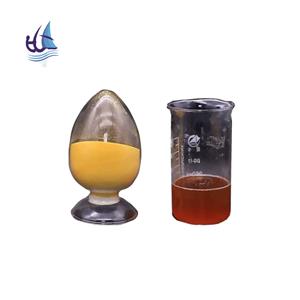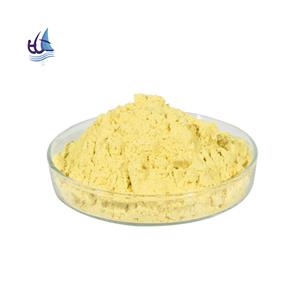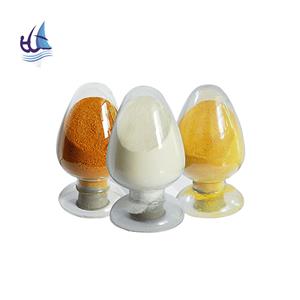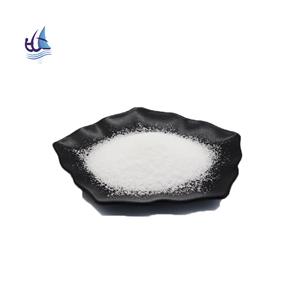What Affects The Use Of Flocculants?
⑴The pH value of water
The pH value of water has a great influence on the effectiveness of inorganic flocculants.
Water temperature affects the hydrolysis rate of flocculant and the rate and structure of alum flower formation.
The uneven size of impurity particles in water is beneficial to coagulation, while small and uniform impurity particles will lead to poor coagulation effect.
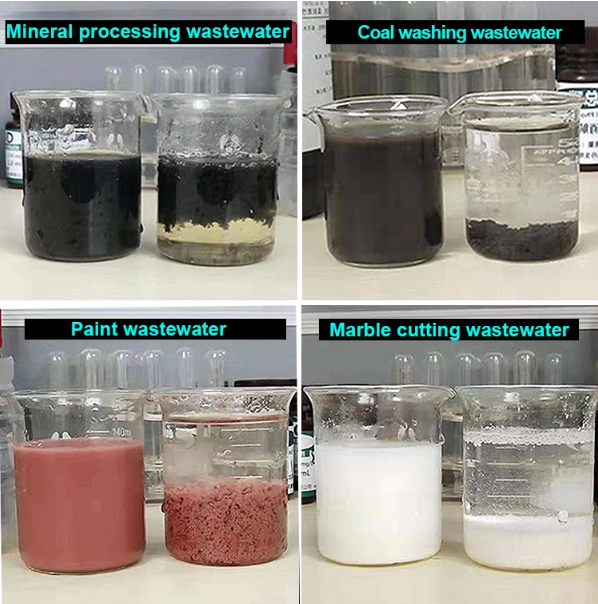
The choice of flocculant mainly depends on the nature and concentration of colloids and suspended solids in the water. If the pollutants in the water are mainly in a colloidal state, inorganic flocculants should be preferred to destabilize and coagulate them. If the flocs are small, polymer flocculants or coagulants such as activated silica gel need to be used in combination.
⑸Flocculant dosage
When inorganic flocculants and organic flocculants are used together, the inorganic flocculants should be added first, and then the organic flocculants. When dealing with impurity particle sizes above 50 μm, organic flocculants are often added first to adsorb and bridge, and then inorganic flocculants are added to compress the electric double layer to destabilize the colloid.
In the mixing stage, the flocculant and water are required to be mixed quickly and evenly. In the reaction stage, it is necessary to create enough collision opportunities and good adsorption conditions to allow the flocs to have sufficient growth opportunities, and to prevent the generated small flocs from being absorbed. Break into pieces, so the stirring intensity should be gradually reduced and the reaction time should be long enough.

